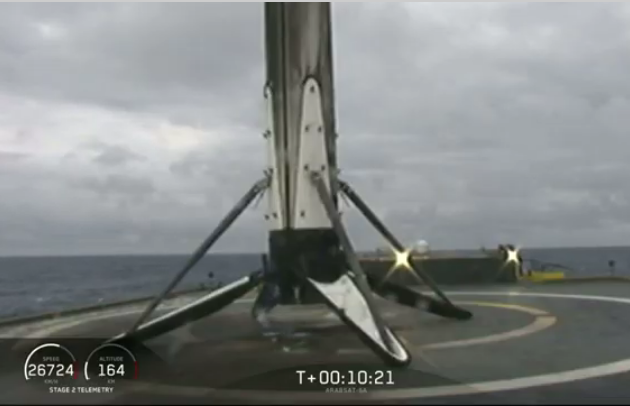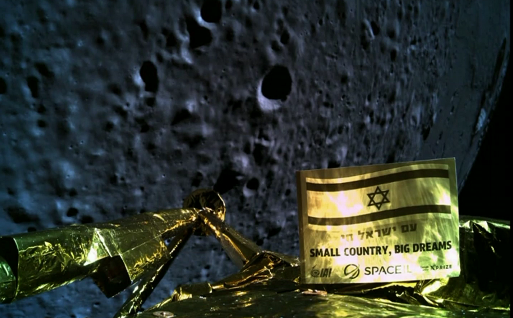Blue Origin leases old unused NASA engine test stand
Capitalism in space: Blue Origin has finalized a lease agreement with NASA to refurbish and use one of its old engine test stands, sitting idle since 1998.
Under a Commercial Space Launch Act agreement, Blue Origin will upgrade and refurbish Test Stand 4670, at NASA’s Marshall Space Flight Center in Huntsville, Alabama, to support testing of their BE-3U and BE-4 rocket engines. The BE-4 engine was selected to power United Launch Alliance’s new Vulcan rocket and Blue Origin’s New Glenn launch vehicle – both being developed to serve the expanding civil, commercial and national security space markets.
“This test stand once helped power NASA’s first launches to the Moon, which eventually led to the emergence of an entirely new economic sector – commercial space,” said NASA Deputy Administrator Jim Morhard. “Now, it will have a role in our ongoing commitment to facilitate growth in this sector.”
Constructed in 1965, Test Stand 4670 served as the backbone for Saturn V propulsion testing for the Apollo program, which celebrates its 50th anniversary this year. Later, it was modified to support testing of the space shuttle external tank and main engine systems. The facility has been inactive since 1998.
According to the press release, Blue Origin gets this stand essentially for cost. It will pay for the refurbishment and any costs incurred by NASA, but other than that NASA is not charging them a fee.
While I strongly support the concept of the government helping private enterprise, this deal has some aspects that concern me. Is Blue Origin going to be the only one allowed to use this test stand? If so, it appears that NASA is favoring Blue Origin over all other private companies, something it should not do. If Blue Origin’s work will make this stand useful again for everyone else, great. If instead NASA is essentially giving it its own private test stand for practically free, then not so great.
Capitalism in space: Blue Origin has finalized a lease agreement with NASA to refurbish and use one of its old engine test stands, sitting idle since 1998.
Under a Commercial Space Launch Act agreement, Blue Origin will upgrade and refurbish Test Stand 4670, at NASA’s Marshall Space Flight Center in Huntsville, Alabama, to support testing of their BE-3U and BE-4 rocket engines. The BE-4 engine was selected to power United Launch Alliance’s new Vulcan rocket and Blue Origin’s New Glenn launch vehicle – both being developed to serve the expanding civil, commercial and national security space markets.
“This test stand once helped power NASA’s first launches to the Moon, which eventually led to the emergence of an entirely new economic sector – commercial space,” said NASA Deputy Administrator Jim Morhard. “Now, it will have a role in our ongoing commitment to facilitate growth in this sector.”
Constructed in 1965, Test Stand 4670 served as the backbone for Saturn V propulsion testing for the Apollo program, which celebrates its 50th anniversary this year. Later, it was modified to support testing of the space shuttle external tank and main engine systems. The facility has been inactive since 1998.
According to the press release, Blue Origin gets this stand essentially for cost. It will pay for the refurbishment and any costs incurred by NASA, but other than that NASA is not charging them a fee.
While I strongly support the concept of the government helping private enterprise, this deal has some aspects that concern me. Is Blue Origin going to be the only one allowed to use this test stand? If so, it appears that NASA is favoring Blue Origin over all other private companies, something it should not do. If Blue Origin’s work will make this stand useful again for everyone else, great. If instead NASA is essentially giving it its own private test stand for practically free, then not so great.


